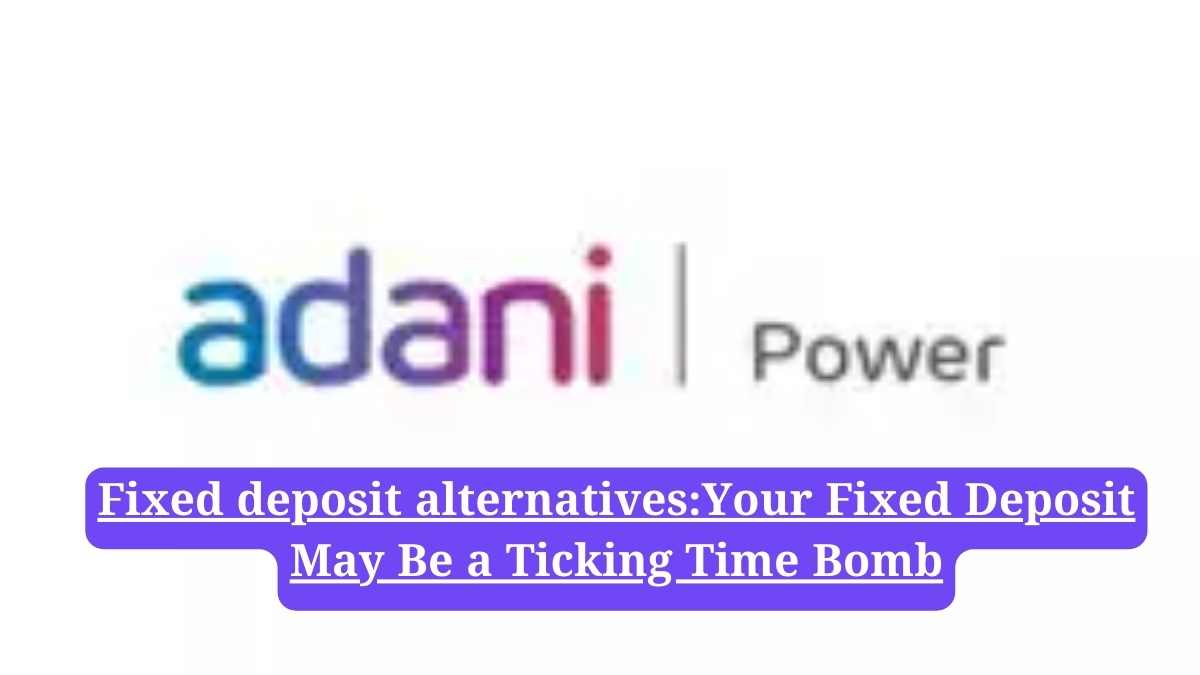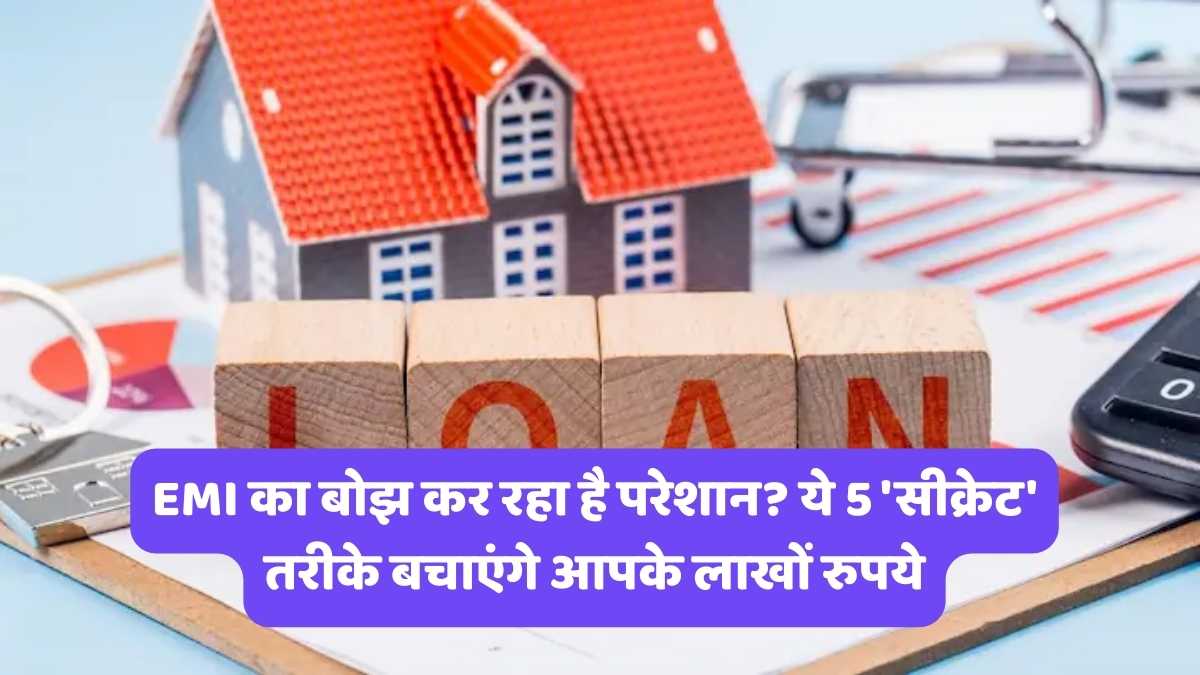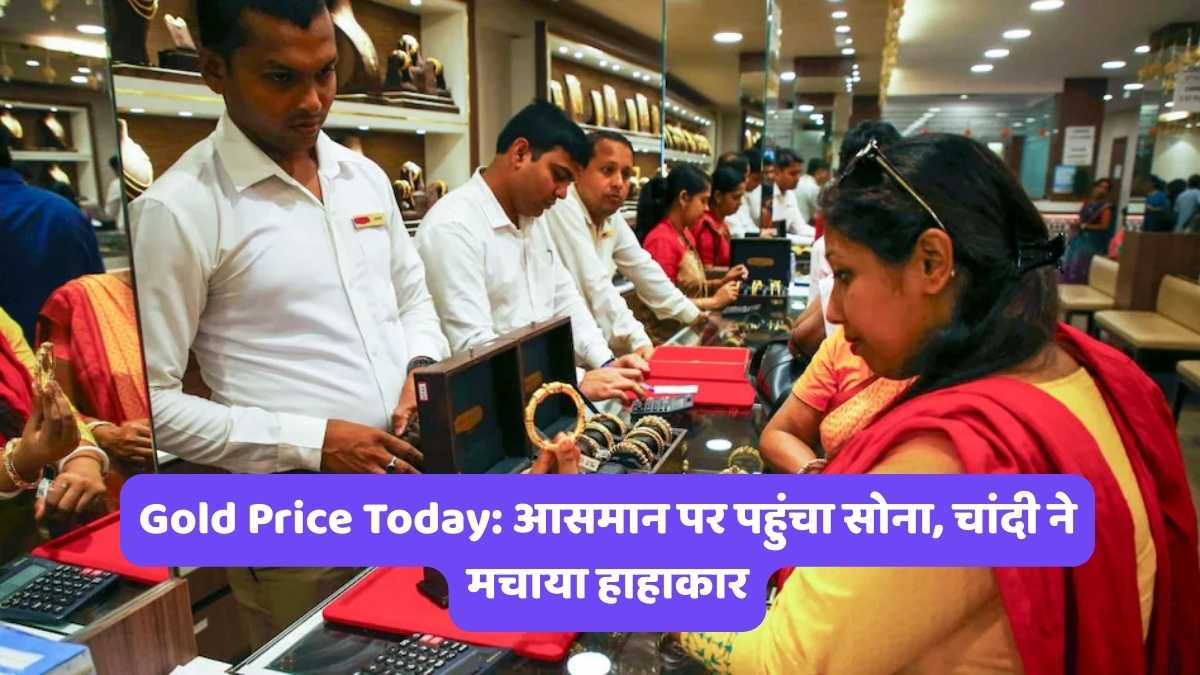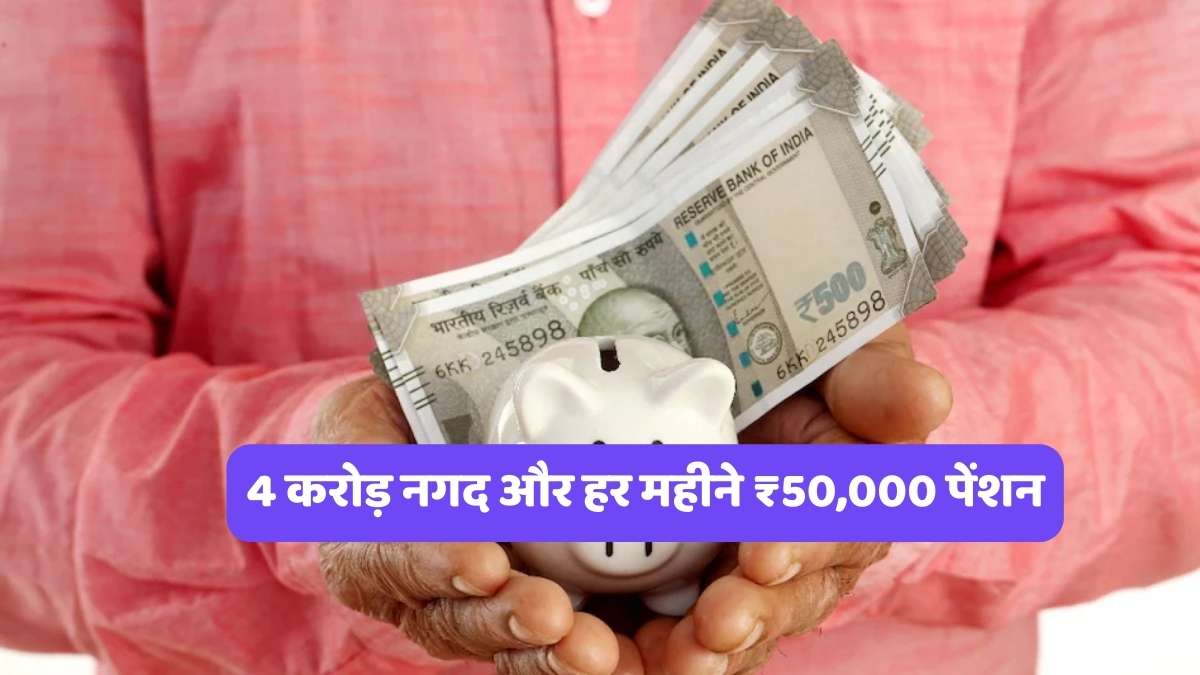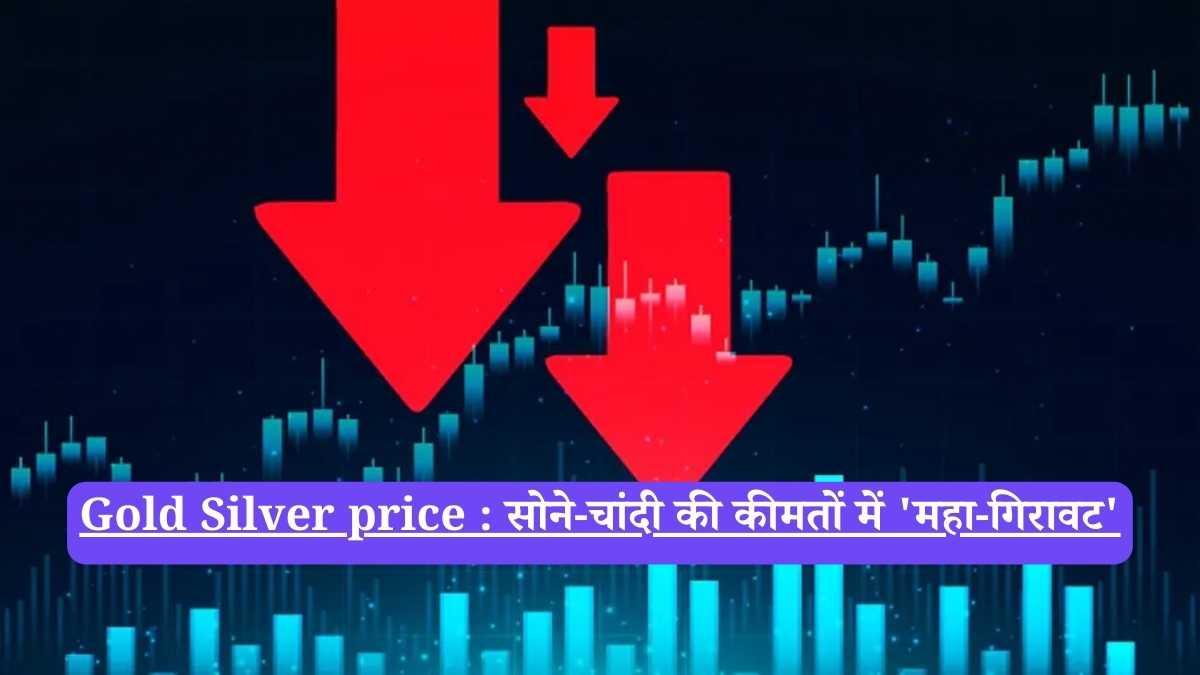Join WhatsApp
Join NowFixed deposit alternatives: For generations, the humble fixed deposit (FD) has been the bedrock of financial security for millions in India and a symbol of prudent saving for diaspora communities in the USA and the UK. It was simple, safe, and dependable. However, the financial landscape of 2025 tells a different, more unsettling story. The once-mighty FD is now struggling to keep your money safe from a silent predator: inflation.
The Alarming Reality: Your Savings Are Shrinking
As of September 2025, even the most attractive bank FDs in India are offering interest rates between 6.25% and 7.1%.While this might seem reasonable, the current inflation rate, hovering between 5.3% and 6%, paints a grim picture. After factoring in inflation, the real return on your hard-earned money is practically negligible. This means that while your savings might be growing on paper, their actual purchasing power is stagnating, or worse, declining. The safety of an FD has become an illusion, a slow leak in your financial future. This scenario is not just confined to India; savers in the UK and USA are also grappling with the challenge of finding investments that can outpace inflation and generate meaningful growth.
Beyond the Bank: A New Era of Smarter, Safer Investments
The good news is that you no longer have to be a passive victim of eroding returns. The world of fixed-income investments has expanded, offering a diverse range of alternatives that provide a much-needed balance of safety, superior returns, and flexibility. These options, once accessible only to a select few, are now at your fingertips, thanks to digital platforms.
Government and PSU Bonds: The Fortress of a Secure Investment
For those who prioritize safety above all else, government-backed securities are an excellent choice. Government Securities (G-Secs), State Development Loans (SDLs), and Public Sector Undertaking (PSU) bonds are considered virtually risk-free. With the implicit guarantee of the government, G-Secs offer stable returns of around 7% to 7.5%, while SDLs and PSU bonds can provide slightly higher yields, typically in the 7.25% to 8% range.These are ideal for building an emergency fund or for goal-based investing where capital preservation is paramount.
Corporate Bonds: The Sweet Spot Between Safety and High Returns
This is where the real magic happens for savvy investors. Corporate bonds offer a spectrum of returns, from 8% to as high as 15%, depending on the credit rating of the issuing company. For those seeking a higher-yield alternative to FDs without venturing into the volatility of the stock market, investment-grade corporate bonds (rated AAA to BBB) are a compelling option. AAA and AA-rated bonds, the safest in this category, can yield between 8% and 9.5%, offering a significant premium over traditional FDs. For those with a slightly higher risk appetite, bonds rated A and BBB can provide returns of 10% to 14% and beyond, handsomely compensating for the additional risk.
High-Yield NBFC FDs: Familiarity with a High-Return Twist
If you’re still comfortable with the FD structure but crave better returns, Non-Banking Financial Company (NBFC) FDs are worth exploring. These institutions often offer significantly higher interest rates than banks, sometimes in the 8% to 10% range. What’s more, they are insured up to ₹5 lakh under the Deposit Insurance and Credit Guarantee Corporation (DICGC) scheme, adding a layer of security to your investment.
Supercharge Your Portfolio: A Real-Life Example
Let’s imagine you have ₹10 lakh to invest. A traditional bank FD at 6.5% would earn you ₹65,000 in a year. Now, consider a diversified portfolio:
- ₹2,00,000 in G-Secs and SDLs (7% average yield): ₹14,000
- ₹3,00,000 in AAA and AA-rated Corporate Bonds (9.5% average yield): ₹28,500
- ₹4,00,000 in A and BBB-rated Corporate Bonds (12% average yield): ₹48,000
- ₹1,00,000 in a High-Yield NBFC FD (8.25% yield): ₹8,250
Total Annual Return: ₹98,750
That’s a staggering 52% more than a traditional FD, achieved without taking on excessive risk.
The Way Forward: A Smarter, Balanced Approach to Your Financial Future
While fixed deposits can still play a role in a well-rounded portfolio, relying on them as your sole investment strategy is a recipe for financial stagnation. The future of smart saving lies in a diversified, balanced approach that incorporates a mix of government and corporate bonds, and high-yield FDs. With the advent of user-friendly digital investment platforms, accessing these instruments has never been easier, empowering you to take control of your financial destiny and build a future that is not just secure, but also prosperous.
